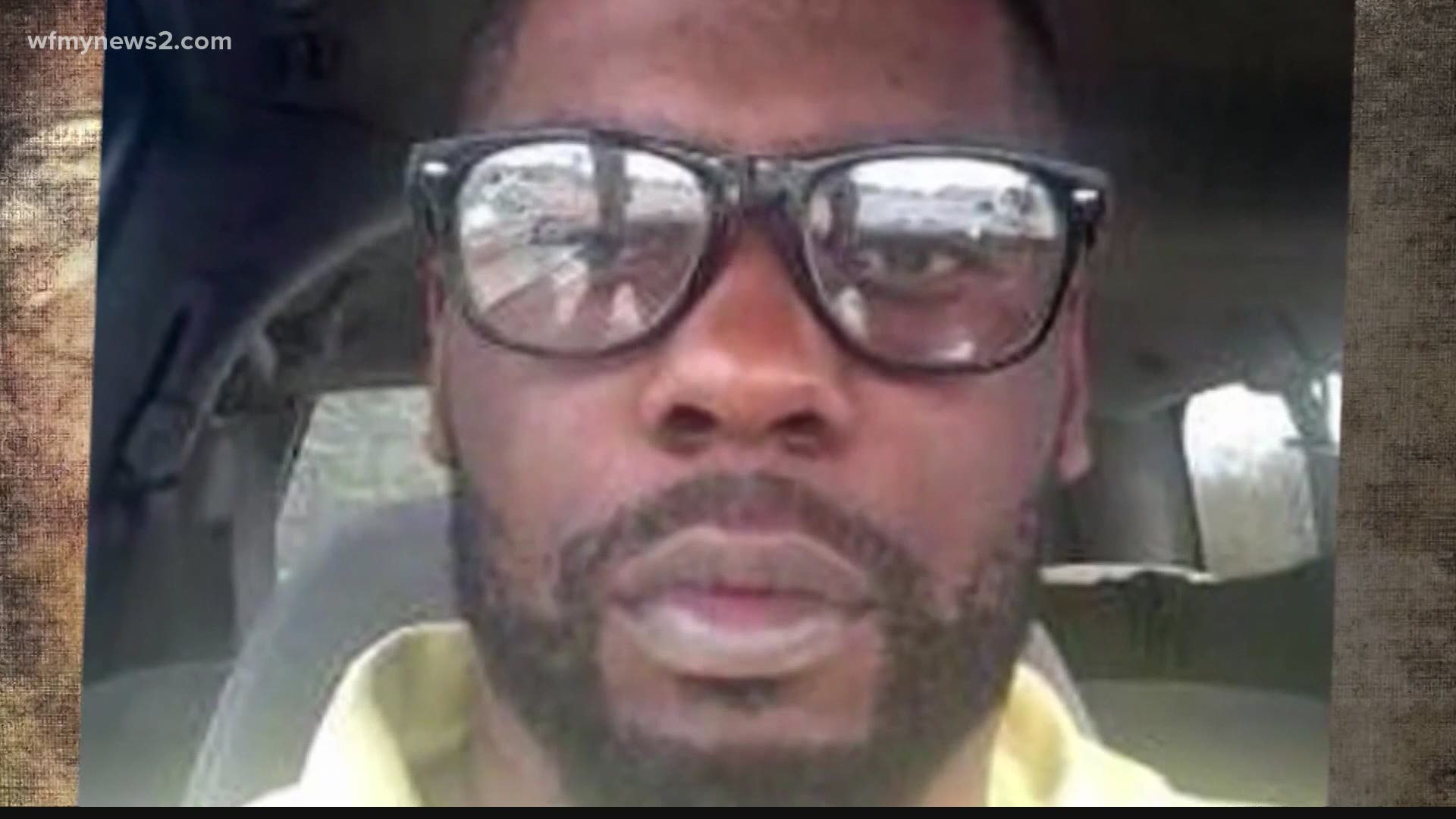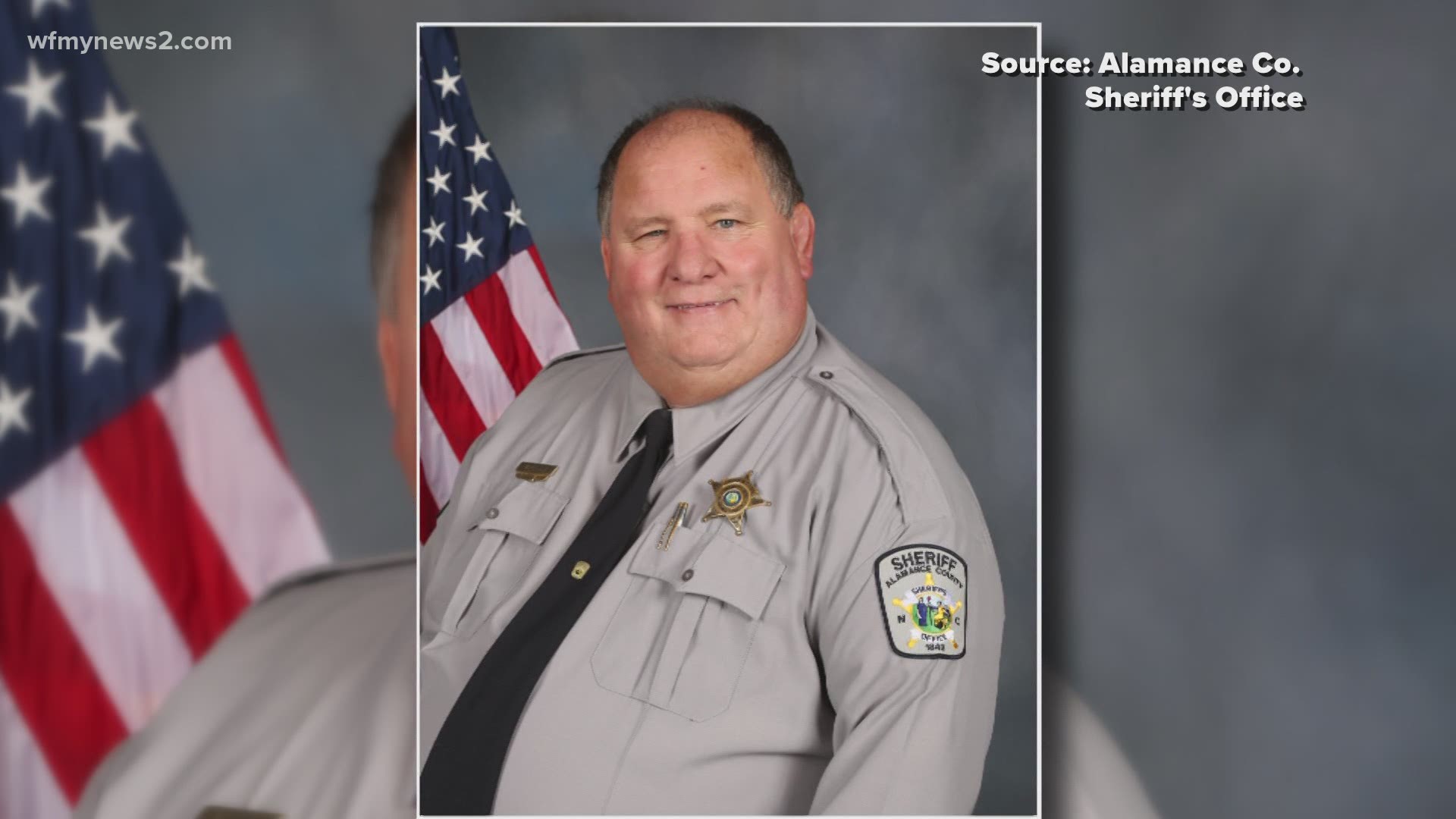NORTH CAROLINA, USA — On Tuesday, body-worn camera footage was released from the deputies who shot and killed Andrew Brown Jr. in Elizabeth City.
The video shows deputies pull up to the scene to serve a search warrant. Brown first backs his car away from them. A separate angle shows him then pull forward, appearing to turn away from the scene, as deputies fired shots.
The District Attorney in eastern North Carolina, Andrew Womble, said their actions were justified and said the full body cam video will not be released publicly.
WFMY News 2 spoke with local legal experts about Tuesday's decision and what comes next in the case.
Although the DA explained why he isn't charging officers involved in Brown's death with a kind of certainty, local law professors said the video released is more open to interpretation.
"We have here is a situation where the DA - the District Attorney - does not agree with the family at all as to what the videotape showed," said Steven Friedland, a professor of law at Elon University School of Law, and a former US Attorney and former prosecutor.
"A reasonable person, I think, could see this differently," said Theodore Shaw, a law professor at the UNC School of Law, and the Director of the UNC Center for Civil Rights, "It's a tragedy, but what we also saw is the DA do everything he could to paint another Black man - this particular African American man - as someone who was engaged in criminal behavior that threatened the lives of police officers."
Both Friedland and Shaw explain what 'justifies' the use of force, in the eyes of the prosecution: that the officers feared for their lives and that Brown used his car as a weapon.
"Police in some situations are allowed to use deadly force," Friedland said, "The North Carolina statute requires that a person both actually believe it and reasonably believe it...It's not simply that the police officer believes he or she needed to use deadly force, they have to reasonably believe that force was necessary to prevent the escape from custody by someone using a deadly weapon."
"I did see a police officer reach out and touch the car, tap it to tell him to stop and he kept going," said Shaw, "I didn't see the car being used to drive at the police officer in a way that threatened his life - but that's what DA Womble saw."
Shaw said the decision not to prosecute law enforcement is unsurprising.
"It is still extremely rare to see police officers charged - much less - convicted, and the court carrying out their duties, when they take the life of an individual," he said.
Both experts believe, this isn't over. Future conversations could include more evidence, federal action and a push to release more body-camera video.



